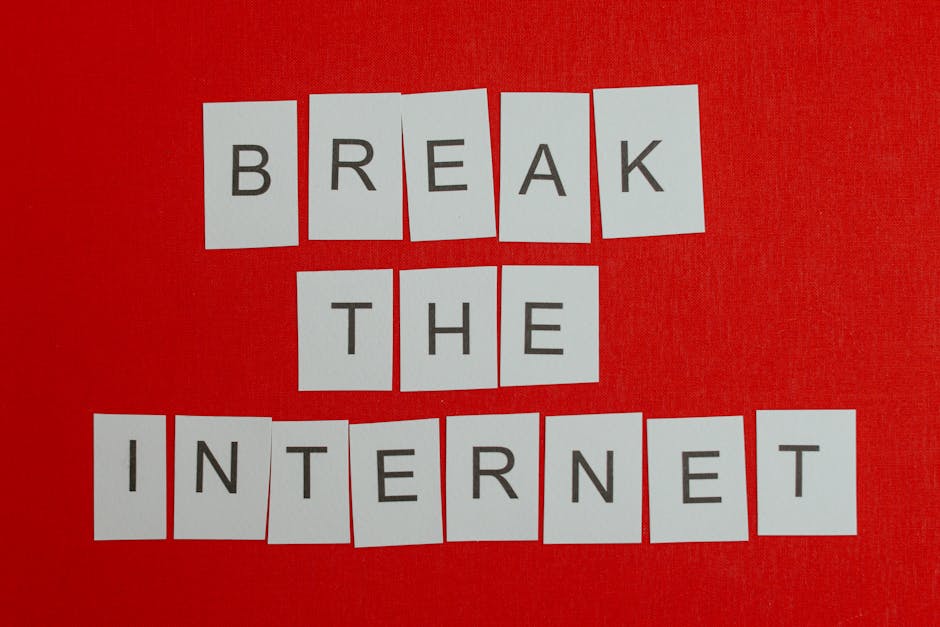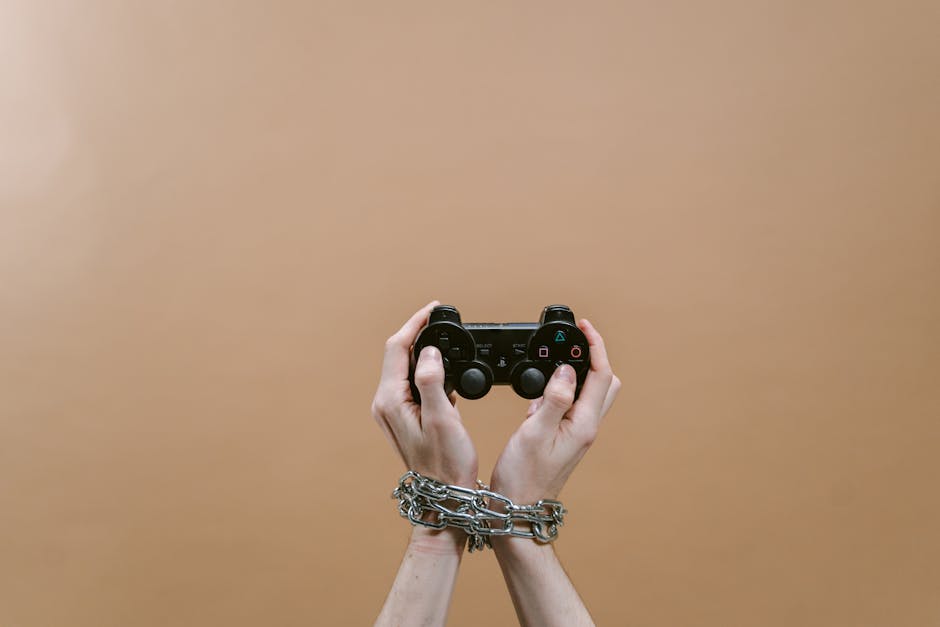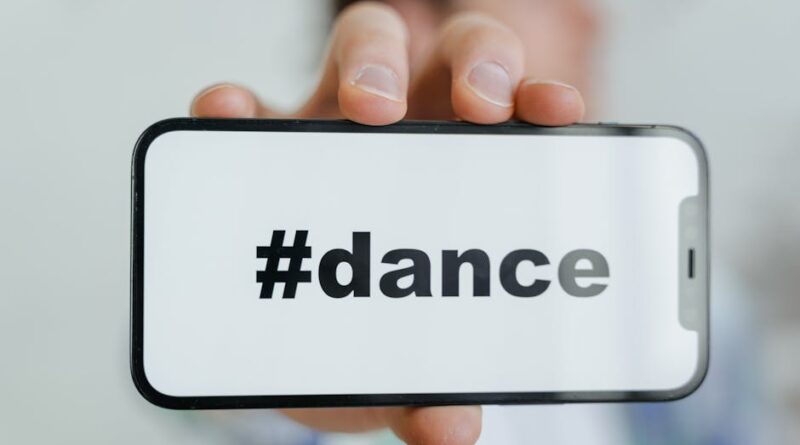The Psychology of Viral Entertainment
Have you ever found yourself endlessly scrolling through social media, watching and sharing viral videos, memes, or challenges? Or perhaps you’ve been part of a conversation where everyone seems to be talking about the latest viral trend? The allure of viral entertainment is undeniable, capturing our attention and spreading like wildfire across the internet. But have you ever stopped to wonder why certain content goes viral while others fade into obscurity? What is it about viral entertainment that makes it so irresistible to us?
In this article, we delve into the fascinating world of viral entertainment from a psychological perspective. We explore the underlying factors that contribute to the virality of content, the emotions and behaviors it triggers in us, and the impact it has on our society and culture. Join us on this journey as we unravel the mysteries behind the psychology of viral entertainment.
The Power of Emotions in Viral Content

Emotions play a crucial role in the virality of content. Whether it’s a heartwarming video that brings tears to our eyes or a hilarious meme that makes us burst into laughter, emotional content tends to resonate with us on a deeper level. Studies have shown that content that evokes strong emotions, particularly positive ones like awe, joy, or surprise, is more likely to be shared and go viral.
One classic example of emotional content that went viral is the “Charlie Bit My Finger” video, which captured the adorable interaction between two young brothers. The video’s authenticity and the genuine laughter it elicited from viewers made it widely shared and viewed millions of times. Similarly, the ALS Ice Bucket Challenge spread like wildfire across social media platforms, as participants shared videos of themselves getting drenched in ice-cold water to raise awareness and funds for ALS research.
Emotional contagion, the phenomenon where emotions spread rapidly among individuals, plays a significant role in the virality of content. When we see others expressing strong emotions, we are more likely to experience similar emotions ourselves and feel compelled to share the content with others. This social sharing aspect amplifies the emotional impact of viral content, fueling its spread across the internet.
The Role of Social Influence in Viral Spread

Humans are social beings, deeply influenced by the actions and opinions of others. Social influence plays a critical role in the virality of content, as we are more likely to engage with and share content that is popular or endorsed by our social circle. This phenomenon, known as social proof, can significantly impact the reach and spread of viral content.
Consider the concept of FOMO, or the fear of missing out, which drives many of us to follow the latest trends and participate in viral challenges or memes. When we see our friends, family, or favorite influencers engaging with a particular piece of content, we are more inclined to join in to feel part of the collective experience. This social validation reinforces our behavior and motivates us to share the content further, contributing to its virality.
Influencers and celebrities also play a significant role in driving the spread of viral content. Their large followings and influence can amplify the reach of content, exposing it to a broader audience and increasing its chances of going viral. By leveraging the power of influencers, marketers and content creators can strategically promote their content and maximize its viral potential.
The Element of Surprise and Novelty

One of the key factors that contribute to the virality of content is its ability to surprise and captivate the audience. Novelty, or the element of newness and uniqueness, plays a crucial role in grabbing our attention and making content stand out in a sea of information. Whether it’s a clever twist in a video, an unexpected plot twist, or a unique perspective on a familiar topic, novelty can pique our curiosity and drive us to share the content with others.
The concept of the “curiosity gap” highlights the importance of leaving room for the audience to fill in the blanks and engage with the content on a deeper level. By creating a sense of mystery or intrigue, content creators can spark curiosity and compel viewers to seek out more information or share the content to satisfy their curiosity.
Take, for example, the viral phenomenon of the “Yanny vs. Laurel” audio clip, which divided the internet as listeners debated whether they heard “Yanny” or “Laurel.” The ambiguous nature of the clip and the different perceptions it elicited from viewers fueled intense discussions and sharing across social media platforms. The element of surprise and novelty in the audio clip captured the audience’s attention and sparked widespread engagement.
The Dark Side of Viral Entertainment: Misinformation and Controversy

While viral entertainment can bring joy, laughter, and connection to millions of people, it also has a dark side. The rapid spread of content across the internet can sometimes lead to the dissemination of misinformation, fake news, and harmful narratives. In an era where information travels at the speed of light, it is crucial to critically evaluate the content we consume and share to ensure its accuracy and integrity.
One of the most infamous examples of misinformation going viral is the spread of conspiracy theories and fake news stories on social media platforms. These stories, often designed to deceive or manipulate the audience, can have far-reaching consequences, sowing seeds of doubt, fear, and division among people. The viral nature of such content makes it challenging to contain and debunk, leading to widespread confusion and mistrust.
Controversial content, while not inherently deceptive, can also spark heated debates and polarize opinions among viewers. Whether it’s a divisive political meme, a scandalous video, or a shocking revelation, controversial content tends to elicit strong reactions from the audience, driving engagement and shares. However, the spread of controversial content can also fuel conflicts, reinforce biases, and create echo chambers where like-minded individuals only consume content that aligns with their views.
The Future of Viral Entertainment: Trends and Opportunities
As technology advances and social media platforms continue to evolve, the landscape of viral entertainment is constantly changing. New trends, formats, and opportunities emerge, reshaping the way content is created, consumed, and shared online. From short-form video platforms like TikTok to live streaming and virtual reality experiences, the future of viral entertainment holds endless possibilities.
One emerging trend in viral content is the rise of interactive and participatory experiences that engage the audience in a more immersive way. Interactive videos, gamified content, and virtual events allow viewers to actively participate in the content creation process, fostering a sense of connection and co-creation. By involving the audience in the storytelling, content creators can enhance engagement and drive virality.
Another exciting development in viral entertainment is the use of artificial intelligence and machine learning to personalize content recommendations and predict virality. By analyzing user behavior, preferences, and engagement patterns, AI-powered algorithms can tailor content to individual tastes and maximize its potential for virality. This data-driven approach enables content creators to optimize their strategies and reach a wider audience.
Expert Opinions: Insights from Psychologists and Marketers
We reached out to experts in the fields of psychology and marketing to gather their insights on the psychology of viral entertainment. Dr. Sarah Johnson, a cognitive psychologist specializing in consumer behavior, shared her perspective on the emotional triggers that drive content virality:
“Emotions play a significant role in shaping our decisions and behaviors, including the content we choose to share online. Positive emotions like joy, awe, and surprise are particularly effective in capturing our attention and motivating us to spread content to our social networks. By understanding the emotional drivers behind viral content, marketers and content creators can create more engaging and shareable experiences.”
John Smith, a digital marketing strategist with a focus on social media trends, highlighted the importance of authenticity and relatability in creating viral content:
“In an age where consumers are bombarded with information and advertisements, authenticity is key to standing out and making a lasting impression. Viral content that feels genuine, relatable, and authentic resonates with audiences on a personal level, fostering trust and loyalty. By humanizing their brand and connecting with consumers on a deeper emotional level, marketers can increase the likelihood of their content going viral.”
Common Misconceptions About Viral Entertainment
Despite its widespread popularity and influence, viral entertainment is often misunderstood and oversimplified. Let’s debunk some common misconceptions about viral content:
Myth: Viral content is purely based on luck.
While luck may play a role in the virality of content, successful viral campaigns are often the result of strategic planning, creativity, and understanding of audience preferences.
Myth: Only funny or heartwarming content goes viral.
While emotional content tends to perform well, viral content can encompass a wide range of genres and themes, including controversy, shock value, and inspiration.
Final Thoughts: The Enduring Appeal of Viral Entertainment
As we navigate the ever-changing landscape of digital media and content consumption, one thing remains constant: the enduring appeal of viral entertainment. Whether it’s a heartwarming video that brings a smile to our faces, a thought-provoking meme that sparks conversation, or a captivating challenge that unites people around the world, viral content has the power to connect us, inspire us, and bring us together in unprecedented ways.
As we continue to explore the psychology of viral entertainment, let’s remember the profound impact that content can have on our emotions, behaviors, and relationships. By understanding the underlying factors that drive content virality, we can create more meaningful, engaging, and shareable experiences that resonate with audiences and stand the test of time.
To wrap things up, the psychology of viral entertainment offers a fascinating glimpse into the intricate workings of our minds and the power of social influence in shaping our online experiences. Whether you’re a content creator, marketer, or simply a consumer of viral content, take a moment to appreciate the magic of viral entertainment and the profound impact it has on our digital world.




